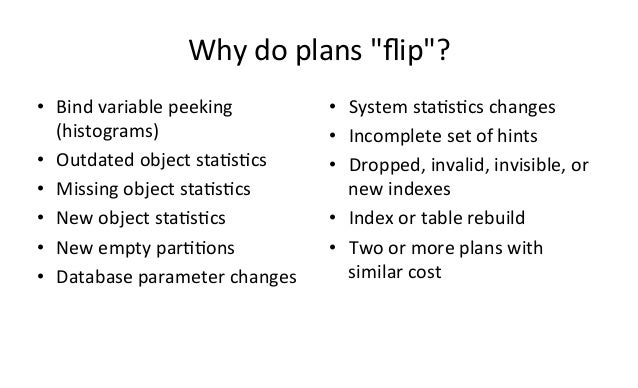If a default is defined for a parameter of the function, the value of the argument-position token for SQLCODE -171 might take into consideration the implicit argument. For example, suppose that you invoke this function, in which parameter value '12' is invalid: TRIM('12' FROM '123') The first argument, BOTH, is implicitly specified. Jun 01, 2017 Please see /r/DoomMetal for all your heavy and slow music needs. Post Filters:. Classic Doom. Doom 3. Doom 2016. No Brutal Doom. No 'fluff' (memes, etc). Clear Filter Join us at Discord! Rules (Click here for full explanations).
 -->
-->This article describes how to define and use parameters in your Azure Resource Manager template. By providing different values for parameters, you can reuse a template for different environments.
Resource Manager resolves parameter values before starting the deployment operations. Wherever the parameter is used in the template, Resource Manager replaces it with the resolved value.
Define parameter
The following example shows a simple parameter definition. It defines a parameter named storageSKU. The parameter is a string value, and only accepts values that are valid for its intended use. The parameter uses a default value when no value is provided during deployment.
Use parameter
In the template, you reference the value for the parameter by using the parameters function. In the following example, the parameter value is used to set SKU for the storage account.
Template functions
When specifying the default value for a parameter, you can use most template functions. You can use another parameter value to build a default value. The following template demonstrates the use of functions in the default value. When no name is provided for the site, it creates a unique string value and appends it to site. When no name is provided for the host plan, it takes the value for the site, and appends -plan.
You can't use the reference function or any of the list functions in the parameters section. These functions get the runtime state of a resource, and can't be executed before deployment when parameters are resolved.
Objects as parameters

It can be easier to organize related values by passing them in as an object. This approach also reduces the number of parameters in the template.
The following example shows a parameter that is an object. The default value shows the expected properties for the object.
You reference the properties of the object by using the dot operator.
IRender nXt for SketchUp is designed with a user interface that matches the simplicity of SketchUp.Here are some videos that will show you IRender nXt in action: IRender nXt is AffordableA state-of-the-art rendering program doesn’t have to be expensive. IRender nXt is a professional ray-trace rendering engine that SketchUp users can afford. Gpu rendering for sketchup. Prepare your model with SketchUp, then render it with IRender nxt. Add interior and exterior lighting, control shadows, reflections, highlights, and transparency.
Example templates
The following examples demonstrate scenarios for using parameters.
| Template | Description |
|---|---|
| parameters with functions for default values | Demonstrates how to use template functions when defining default values for parameters. The template doesn't deploy any resources. It constructs parameter values and returns those values. |
| parameter object | Demonstrates using an object for a parameter. The template doesn't deploy any resources. It constructs parameter values and returns those values. |
Next steps
- To learn about the available properties for parameters, see Understand the structure and syntax of Azure Resource Manager templates.
- To learn about passing in parameter values as a file, see Create Resource Manager parameter file.
- For recommendations about creating parameters, see Best practices - parameters.